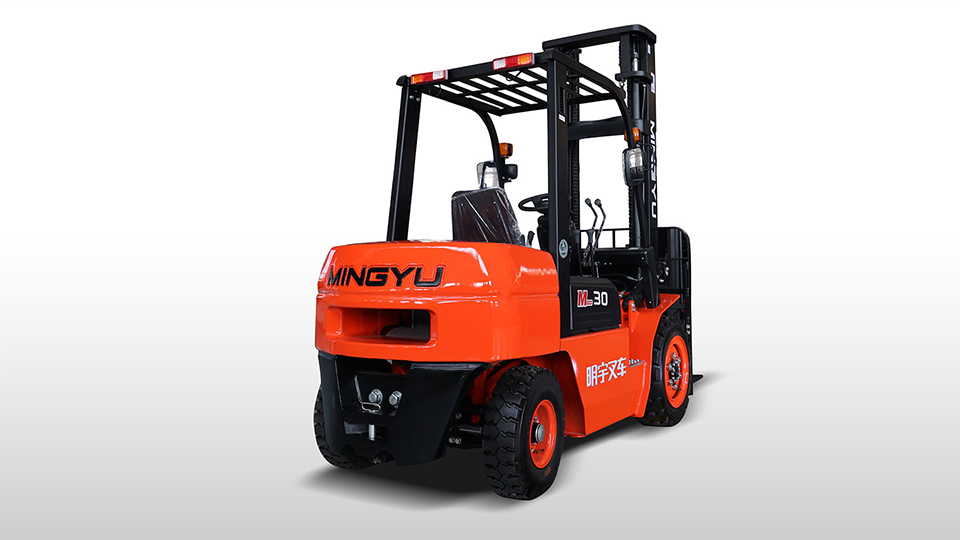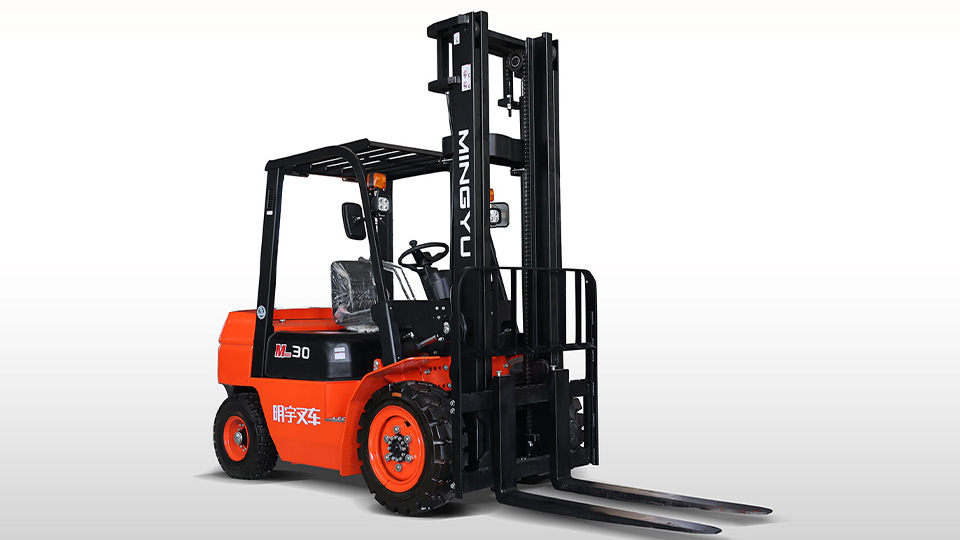
The Invention of the Forklift: A Revolution in Material Handling
The humble forklift, a ubiquitous sight in warehouses and factories around the globe, represents one of the most significant and transformative inventions of the 20th century. While it may not possess the glamour of the automobile or the transformative power of the personal computer, its impact on logistics, manufacturing, and global commerce is immeasurable. The story of its invention is not a single "eureka" moment but a gradual evolution driven by the need for greater efficiency and safety in moving heavy goods.
The Dawn of Material Handling (Late 19th Century)
The precursors to the modern forklift emerged during the Industrial Revolution. As factories grew in size and complexity, the need to move heavy materials quickly and efficiently became paramount. Early solutions were rudimentary, often involving simple hand trucks, pulleys, and hoists. The first major step toward mechanization came with the invention of the lift truck in the late 1800s.
These early lift trucks were essentially a manual pallet jack with a lifting mechanism. They could lift a load slightly off the ground, but they were not self-powered and lacked the ability to lift loads to significant heights. One of the earliest examples was a manually operated portable hoist, patented in 1867, designed to lift and move heavy boxes and crates.

The First Self-Powered Lift Trucks (Early 20th Century)
The true innovation began to take shape in the early 1900s. The convergence of two key technologies—the internal combustion engine and hydraulic power—paved the way for the first powered lift trucks.
1917: The Tructractor, an internal-combustion-powered industrial truck, was developed by the Clark Company. This was not a true forklift in the modern sense but rather a tractor designed to tow materials within a factory. However, it was a pivotal moment as it marked the transition from manual to motorized material handling.
1920s: Several companies began to experiment with elevating platforms and powered lift trucks. The concept of using a vertical mast to lift a load was introduced. The Yale and Towne Manufacturing Company and the Baker-Raulang Company were among the pioneers in this field.
The Birth of the Modern Forklift
The most significant breakthroughs came in the 1920s and 1930s, when key features of the modern forklift were developed and integrated.
1923: The Yale Materials Handling Corporation introduced the first electric high-lift truck with a platform and vertical mast, capable of stacking materials. This was a critical step, as it introduced the ability to store goods vertically, a concept that would revolutionize warehouse design.
1929: The Clark Tructractor Company is often credited with producing the first forklift with a hydraulic lifting mechanism and a mast that tilted forward and backward. This feature, known as mast tilt, was a major safety and efficiency innovation, allowing operators to stabilize loads and prevent them from sliding off the forks.
1937: The concept of the standardized pallet, a flat structure used to store and transport goods, was patented. The combination of the pallet and the forklift created a powerful synergy. The forklift's forks were specifically designed to slide into the openings of the pallet, enabling a single operator to move a large, standardized load with ease.
This period was also marked by the introduction of the counterbalance principle. Early forklifts would often tip forward when lifting a heavy load. The solution was to add a heavy weight (the counterbalance) to the rear of the vehicle, offsetting the weight of the load in the front. This simple yet brilliant design feature is a hallmark of the modern forklift and is critical to its stability.
Post-WWII: Mass Production and Diversification
World War II accelerated the development and adoption of forklifts. The need to quickly and efficiently move vast quantities of supplies, from ammunition to food, in military depots and supply chains created a massive demand. Post-war, the surplus of these machines, combined with the booming economy and the rise of consumerism, led to their widespread adoption in commercial and industrial settings.
The 1950s and 1960s saw the diversification of forklift types to meet specialized needs:
Reach Trucks: Developed for narrow-aisle warehouses, these forklifts could "reach" into racks, allowing for higher density storage.
Order Pickers: Designed for picking individual items from high shelves, where the operator is lifted with the platform to access the product.
Rough Terrain Forklifts: Built for construction sites and outdoor applications, with rugged tires and a robust chassis.
Modern Innovations
While the fundamental design has remained constant, modern forklifts incorporate advanced technologies for greater safety, efficiency, and sustainability.
Ergonomics and Operator Comfort: Modern cabins are designed for operator comfort and reduced fatigue, with adjustable seats and ergonomic controls.

Safety Features: Today's forklifts include a host of safety features, such as automatic speed reduction on turns, stability systems, and cameras.
Energy Sources: While internal combustion engines are still common, the industry is increasingly moving toward electric forklifts, which are cleaner, quieter, and more efficient for indoor use. Hydrogen fuel cells are also emerging as a viable alternative.
Automation: The latest innovation is the rise of Automated Guided Vehicles (AGVs) and Autonomous Mobile Robots (AMRs), which are essentially self-driving forklifts that can navigate a warehouse using sensors and pre-programmed maps.
In conclusion, the forklift was not "invented" in a single year by one person. It was the result of a century of innovation, starting with manual lift trucks and culminating in the self-powered, hydraulically-controlled machines we know today. Its history is a testament to the continuous drive to improve efficiency, and its evolution from a simple machine to a sophisticated piece of equipment mirrors the growth of modern industry itself.
Name: selena
Mobile:+86-13176910558
Tel:+86-0535-2090977
Whatsapp:8613181602336
Email:vip@mingyuforklift.com
Add:Xiaqiu Town, Laizhou, Yantai City, Shandong Province, China